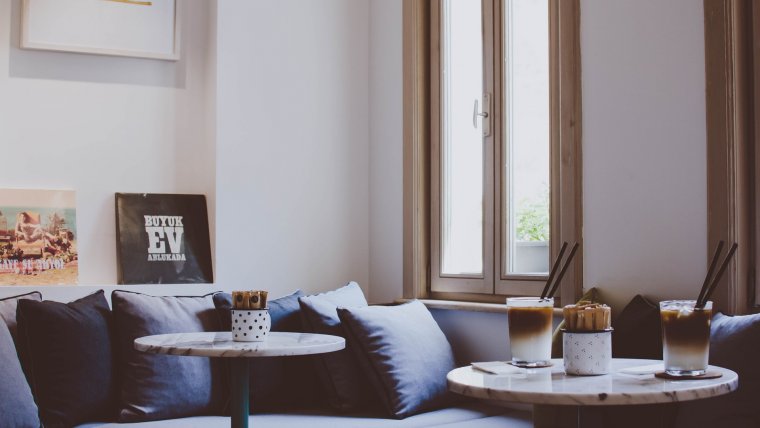
Indoor lighting is different in every building. Because of this, it can be tough to photograph indoor subjects and scenes. Nevertheless, knowing how to adjust the camera settings to properly expose a scene will greatly help you improve as a photographer. Photographers should always be learning and experimenting if they want to improve their skills and be better prepared for different lighting situations. By playing with indoor lighting, you can learn to adapt to any lighting situation that you encounter. Adaptability is a skill that every photographer should strive to achieve because it helps you be more flexible as a photographer. Flexibility, in turn, enables the photographer to capture scenes that they otherwise would not have been able to capture.
Table of Contents
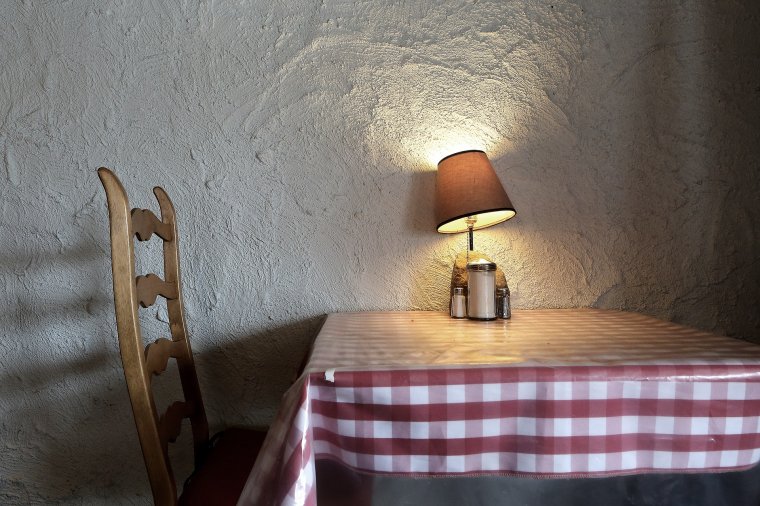
Mixed lighting can be a mixed bag sometimes. On one hand, it is a nightmare for photographers that don’t have any experience dealing with it. On the other hand, it creates an interesting challenge for seasoned photographers. The human eye automatically color corrects images that we see in a scene, which means we will see it’s correct color. But camera sensors and film both can only be set to one white balance setting. On digital SLRs, there is a custom white balance setting that can help you set the exact white balance setting that you need.
Choosing what white balance to use is a trial-and-error process. As you shoot, try adjusting the white balance setting to the type of lighting that is most prevalent in the picture. Then in post-production, you can use the white balance slider to make minor adjustments to finalize the look of the photo. Gray cards are also immensely useful in mixed lighting situations. Take a picture of a gray card in the type of lighting that you want to color correct the image for, or take a picture of it in all of the different types of lighting in the scene if you are unsure. In post-production, you can then use the color correction dropper to click on the gray card and find the optimal white balance setting for the scene.
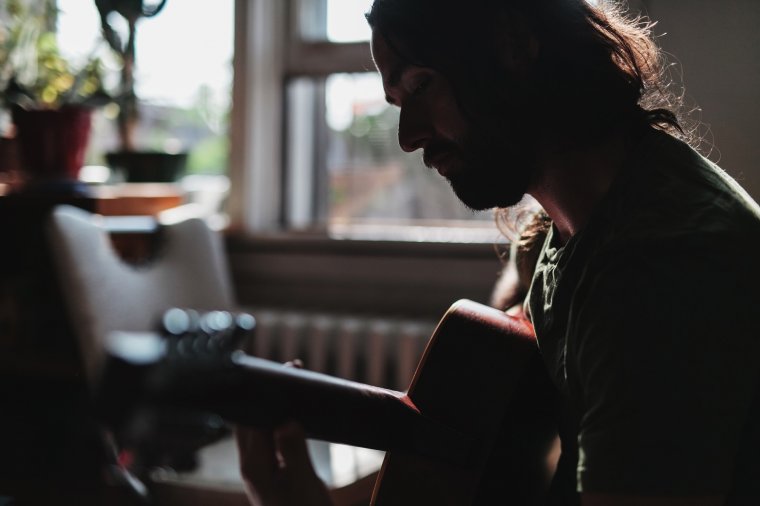
Indoor lighting can be manipulated to create different moods. For example, in the photo above – the photographer chose to backlight the subject by placing him between the light source (the open window during daylight) and the camera. This creates a sort of glow or outline of the subject. It also turns the scene into a low-key scene. Low-key scenes mean that the light in the scene appears on the histogram mostly on the left (darker) side. By choosing not to use a flash, the photographer purposely sets a shadowy and dark mood.
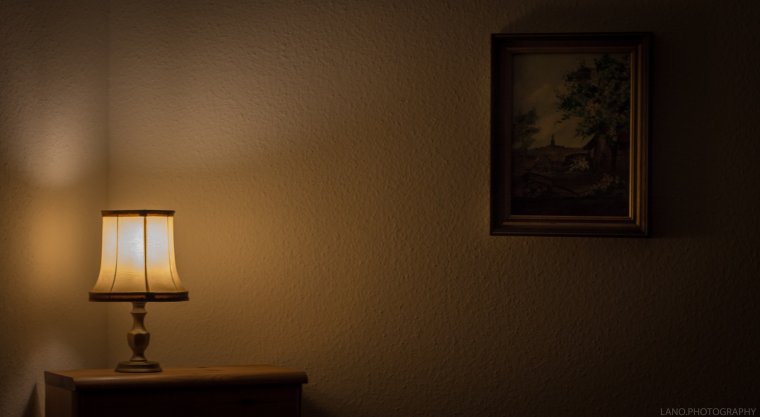
The image above is another example of a low-key scene using indoor lighting. By having just one light source, the photographer keeps the overall light level low. The photographer exposes the photo for the lamp, which makes the rest of the photo look dark in relation to it. Choosing these settings creates a sense of calmness and seriousness.
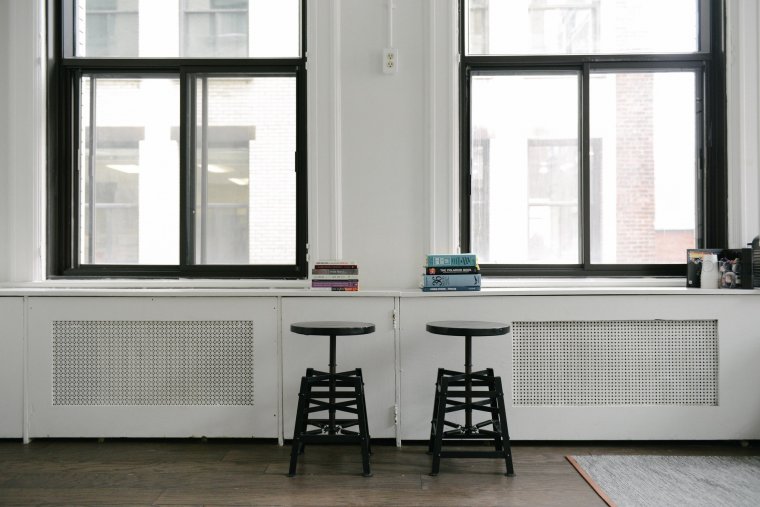
Creating a positive, upbeat scene is also possible with indoor lighting! The more light you have in a scene, the more it “lightens” the mood. High-key indoor scenes are great backdrops for any type of picture that is happy – a couple embracing, a dog wagging its tail merrily, or a smiling baby. To achieve a high-key focus in your photo, simply choose a bright background such as open windows with sunlight streaming in and expose for an element inside the home. You can have a subject such as a person, or an inanimate object such as books or stools.
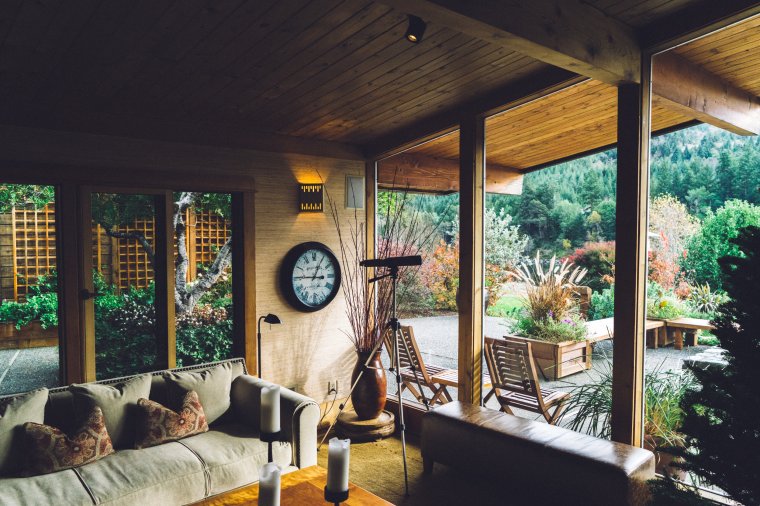 Window light is probably every photographer’s dream lighting. The reason for this is because window light is usually soft and diffused, creating beautiful soft shadows on whatever objects/subjects it hits. Window light is great for portraits for this very reason. The soft light that lights the subject’s face creates subtle and non-distracting shadows. The only downside of window light is that it relies on the time of the day. If it’s mid-afternoon, you might encounter harsh bright afternoon sunlight. If it’s night-time, there might not be enough light in the scene. But during any other time of the day, you should be able to use the daylight to capture a great photo.
Window light is probably every photographer’s dream lighting. The reason for this is because window light is usually soft and diffused, creating beautiful soft shadows on whatever objects/subjects it hits. Window light is great for portraits for this very reason. The soft light that lights the subject’s face creates subtle and non-distracting shadows. The only downside of window light is that it relies on the time of the day. If it’s mid-afternoon, you might encounter harsh bright afternoon sunlight. If it’s night-time, there might not be enough light in the scene. But during any other time of the day, you should be able to use the daylight to capture a great photo.
Happy shooting!
Comments (0)
There are no comments yet.